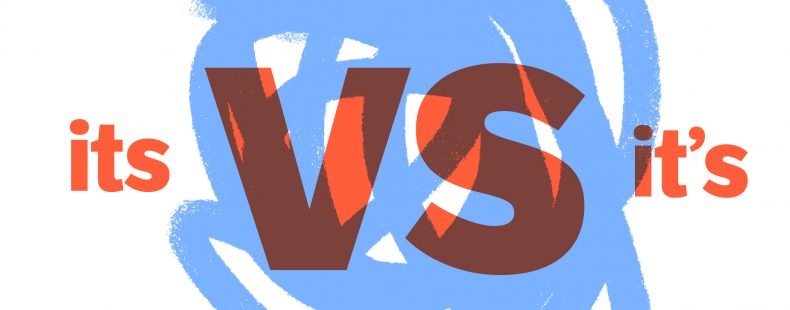It’s OK. Really, it is OK if you can confuse it’s (with an apostrophe between the t and s), and its (without any apostrophe at all).
Mixing up it’s and its is an extremely common mistake.
In this article, we’ll explain the difference between its and it’s, provide tips about how to remember the difference, and even cover some related questions.
⚡ Quick summary
Its is a possessive form of the pronoun it, meaning belonging to it. It’s is a contraction of the phrases it is or it has.
When to use its or it’s
First things first, it is a third-person singular neuter pronoun, used (among other ways) to stand in for inanimate things or ideas.
Now, here’s the big takeaway:
- Its is a possessive form of the pronoun it, meaning belonging to it.
- It’s is a contraction of the words it is or it has. (Interestingly, we don’t really contract it was into it’s.)
If you’re trying to figure out whether you should write it’s or its, swap in it is or it has. If the sentence makes sense with either of those substitutions, use it’s. If the resulting sentence doesn’t make sense, you need its.
How to use it’s
It’s is a contraction of the words it and is or it and has. A contraction is a shortened form of a word or group of words (we love to smush sounds together when we speak), with the omitted letters often replaced in written English by an apostrophe, as it’s does for the i in is and the ha- portion of has.
Ready to test your wits on its and it’s? Then take this quiz!
Let’s look at some examples:- She misplaced her phone, but she thinks it’s in the car.
Did we use it’s correctly? Yes, as we can tell if we write out it’s fully: She misplaced her phone, but she thinks it is in the car.
- “Your parents are coming into town tomorrow morning,” Jess said. “We need to clean the house, and it’s got to be done today.”
In this instance, it’s is contracted from it has.
One more:
- It’s so nice to see you! It’s been so long since we last hung out.
We’ve got a double-whammy here. Let’s un-contract our it’s: It is so nice to see you! It has been so long since we last hung out.Keep in mind that using contractions, such as it’s, is discouraged in formal writing contexts.
How to use its
Its is the possessive form of it, used to indicate possession, ownership, belonging, etc.
English generally uses apostrophes to indicate possession, for example, Mary’s bike (the bike belonging to Mary) and the lions’ roars (the roars of the lions). But, confusingly, English does not use apostrophes when showing possession for personal pronouns: yours, ours, theirs, his, hers, and … its.
The reason we don’t use an apostrophe to show a possessive is long and complicated, but here are few fun facts:
- Way back when in English, we used his for the possessive form of it. (That wasn’t perplexing at all.)
- The use of its for the possessive form of it takes off in the 1500s.
- After, we did commonly write it’s to show possession for it, but that became nonstandard in the 1800s, probably due to the influence of pronouns like yours, hers, etc.
Example time:
- The hotel raised its rates.
Let’s try our rule and swap in it is. “The hotel raised it is rates.” Now that doesn’t make sense. Its conveys that the rates belong to the hotel.
More examples:
- The car needed its brakes repaired.
- The house, while old, really has its charms.
- At its last meeting, the organization chose a new president.
- I didn’t like the film overall, even though its visuals were amazing.
Is its’ a word?
Another rule to keep in mind: its’, with an apostrophe after the s, is always wrong. The apostrophe never follows the s. It’s nice to be able to say “never” for an English grammar rule. It’s not often we can do that. (See what we did there?)














